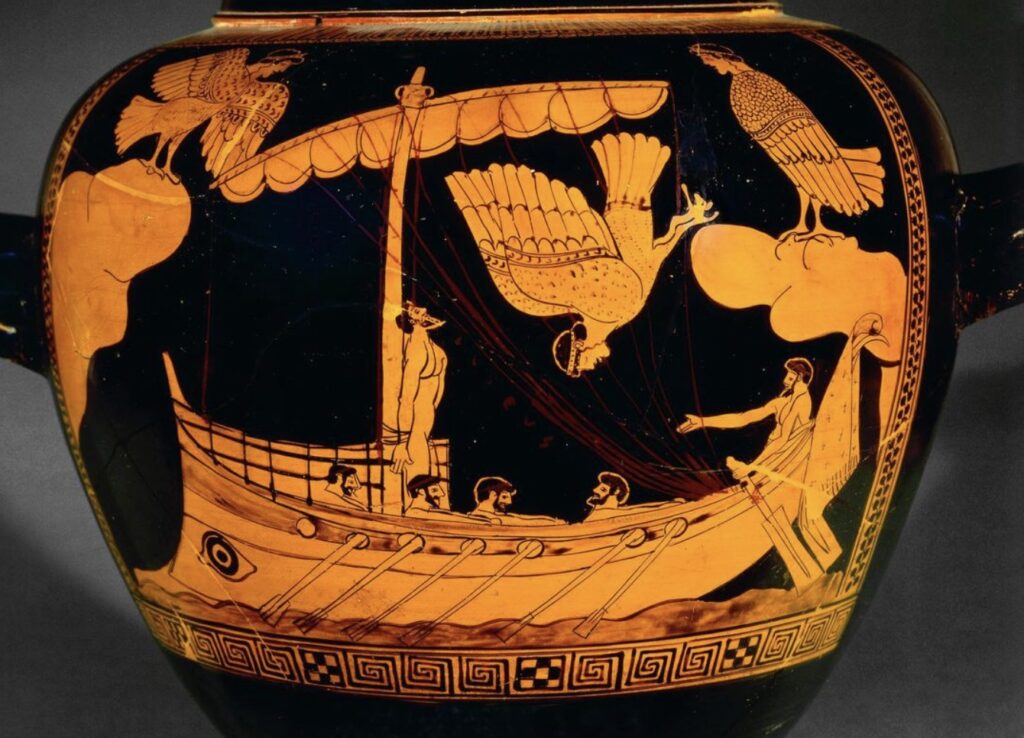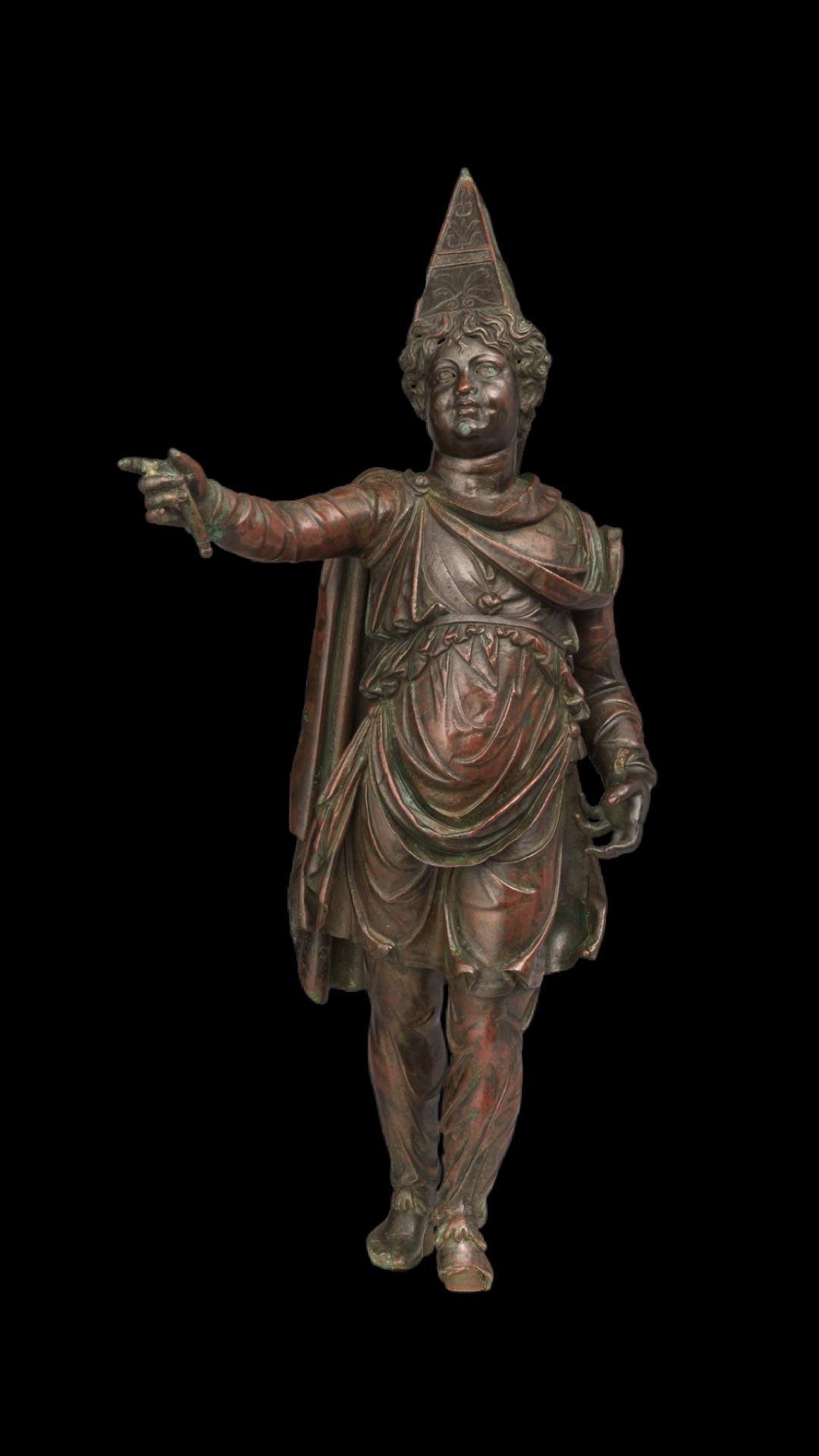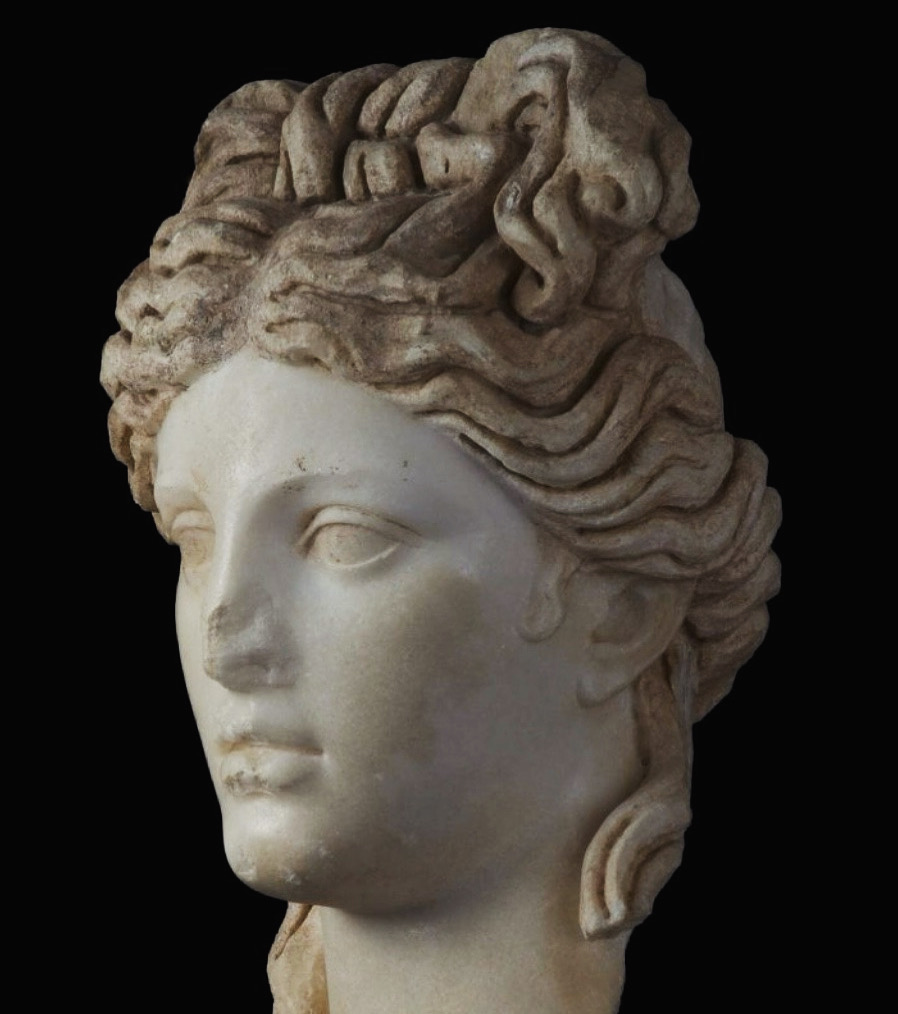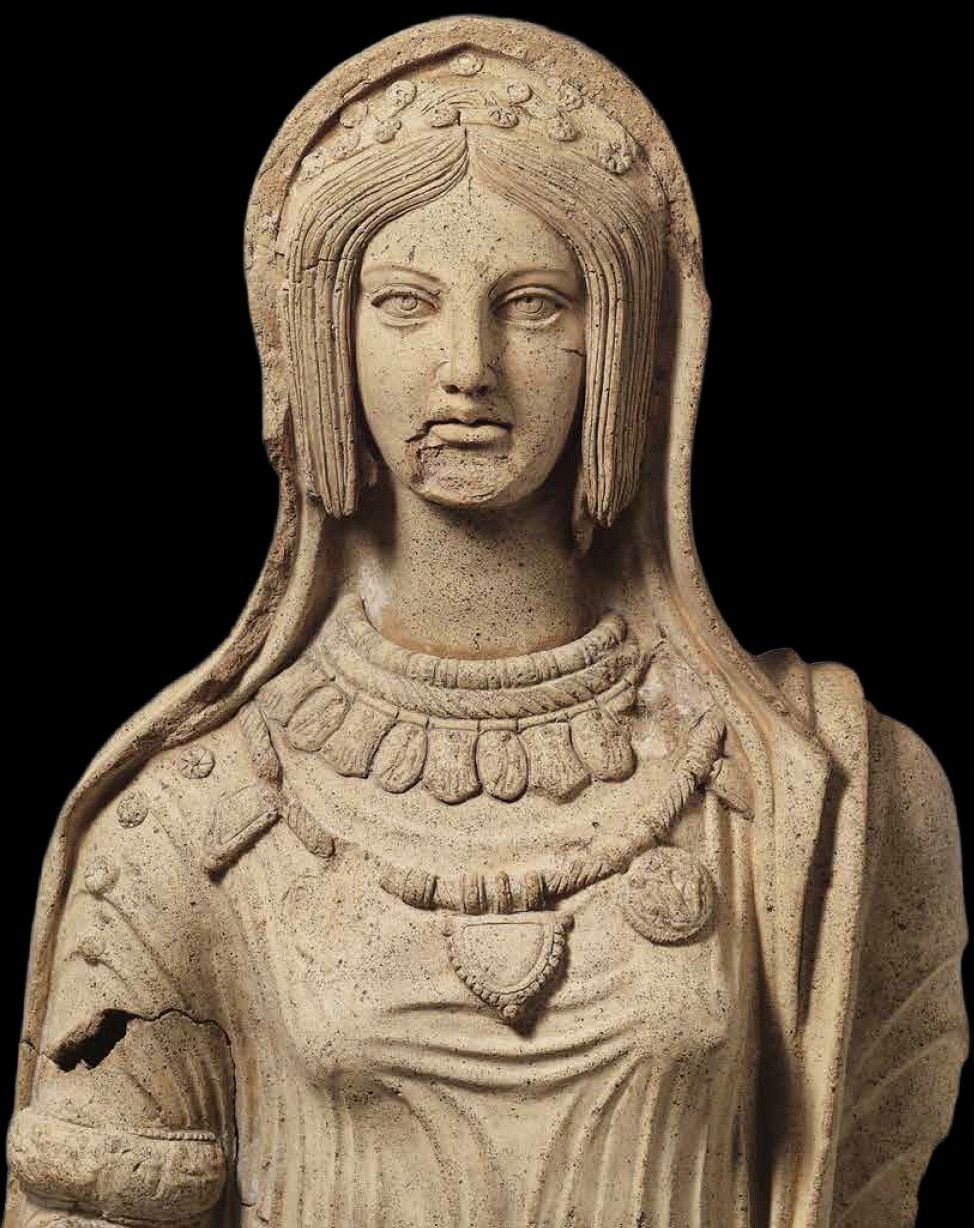On his ten year long (poor Penelope…) nautical journey home from Troy, the wily hero Odysseus encountered epic obstacles, one of the most memorable being the Sirens – mythical creatures (half-women, half-bird) who lured seafarers to their deaths with their irresistibly sweet voices. In the Odyssey, the hero’s temporary lover (poor Penelope…) Circe described the peril best:
‘First you will come to the Sirens who enchant all who come near them. If any one unwarily draws in too close and hears the singing of the Sirens, his wife and children will never welcome him home again, for they sit in a green field and warble him to death with the sweetness of their song. There is a great heap of dead men’s bones lying all around, with the flesh still rotting off them.’

A stiff warning if there ever was one. To shield his men from danger, Odysseus instructed his men to plug their ears with wax as they sailed by, but the hero was as curious as he was wily, and had himself bound securely to the ship’s mast so that he might hear the fabled song for himself. This vase (a stamnos) in the British Museum is not the only representation of this daring feat in Greek art, but I consider it the very finest one.
The ship takes centre stage (that glorious eye on the prow!), navigating through a treacherous strait that the painter has taken great pains to show with overhanging rocky promontories on either side. The rigging and sea are likewise rendered in extraordinary detail with added red paint and dilute glaze. The three sirens are birds apart from their women’s heads (more bosomy, less birdy ones abound especially in sculpture), two perched on the promontories and the central one dive-bombing the crew.
I tend to read too much into vase painting (guilty pleasure!), and find it most extraordinary here how Odysseus seems barely able to resist their onslaught: his chest heaving towards the haunting sound against his restraints, straining towards it, even his very beard nearly unable to resist their song.




